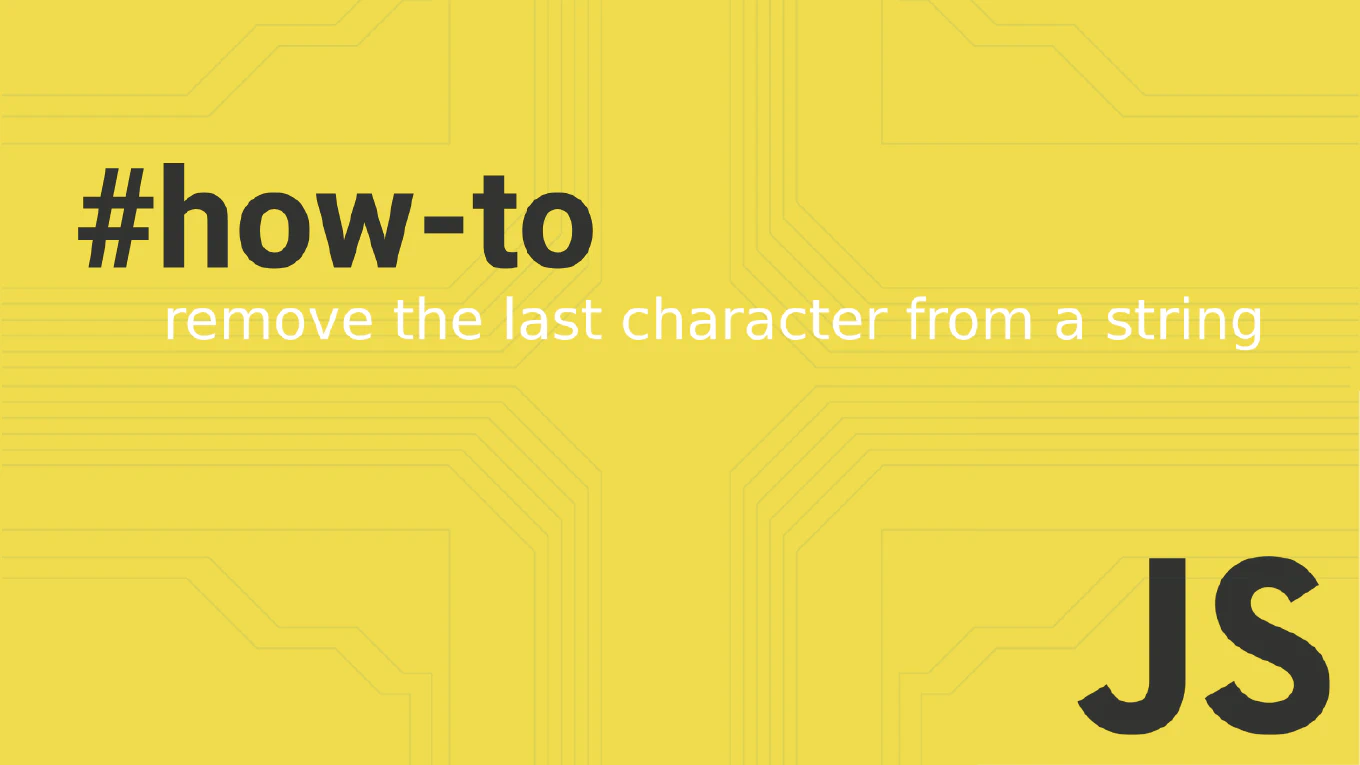How to use async/await in JavaScript
Async/await provides a cleaner, more readable syntax for handling asynchronous operations compared to traditional promise chains and callback patterns.
As the creator of CoreUI with over 25 years of JavaScript development experience, I’ve used async/await extensively in API calls, data processing, and complex asynchronous workflows.
From my expertise, the most effective approach is marking functions with async and using await to pause execution until promises resolve.
This syntax makes asynchronous code read like synchronous code while maintaining non-blocking behavior.
How to use events in Node.js
Working with events is fundamental to Node.js architecture, enabling asynchronous communication between different parts of your application. As the creator of CoreUI, a widely used open-source UI library, and with over 25 years of experience in software development, I’ve built numerous Node.js applications where event-driven patterns are essential for scalability. The most effective approach is using Node.js’s built-in EventEmitter class, which provides a robust foundation for creating and handling custom events. This pattern allows for loose coupling between components and enables reactive programming paradigms.



